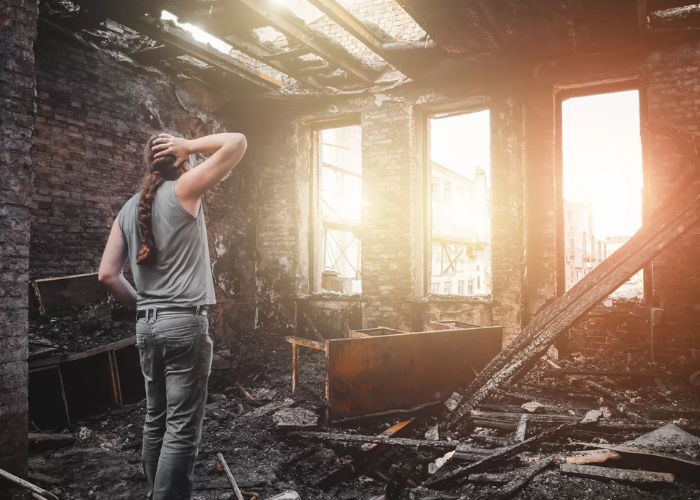In the face of unexpected disasters, such as fire damage and flood damage, it’s essential to have a plan in place to mitigate the aftermath effectively. Whether it’s your home or business that has been impacted, this guide will provide you with valuable insights on how to navigate through the challenges posed by these destructive events.
Understanding the Devastation
When fire or flooding strikes, the consequences can be catastrophic. These events can lead to structural damage, loss of possessions, and emotional turmoil. To effectively deal with the aftermath, it’s crucial to comprehend the distinct challenges posed by fire and flood damage.
Fire Damage Restoration
1. Immediate Assessment and Safety First
After a fire, your safety should be the top priority. Ensure that you and your loved ones are out of harm’s way, and then assess the extent of the damage. It is crucial to promptly contact emergency services and report the incident for immediate assistance.
2. Securing the Property
To prevent further damage, it’s essential to secure the property. Board up broken windows, cover damaged roofs and lock doors. This will also deter potential intruders and vandals.
3. Professional Cleanup and Restoration
Hiring a professional fire damage restoration service is crucial. They have the expertise and equipment to remove soot, smoke, and water damage effectively. Ensure that the restoration company is certified and reputable.
Flood Damage Restoration
1. Safety and Evacuation
In the case of flooding, safety is paramount. Evacuate the premises if necessary and ensure everyone’s safety. Do not enter a flooded area without proper safety gear and authorization.
2. Stop the Water Source
Identify and stop the source of flooding if possible. This could be a burst pipe, heavy rainfall, or other factors. Turning off the main water supply can help prevent further damage.
3. Remove Water and Drying Process
Once the source is controlled, a crucial step in flood damage restoration is removing standing water. Industrial pumps and dehumidifiers, often used by professionals in flood damage restoration, are essential tools for this task. Drying out the affected area promptly not only helps prevent further damage but also mitigates the risk of mold growth, a common issue after flooding incidents.
Common Challenges for Both
Dealing with the aftermath of disasters like fire and flood can be incredibly challenging. However, there are several shared hurdles in the recovery process that homeowners should be aware of to ensure a smoother restoration journey.
1. Insurance Claims
In the event of damage, it is vital to promptly get in touch with your insurance company to initiate the claims procedure. To strengthen your claim, be sure to meticulously document the damage through photographs and comprehensive descriptions. This documentation will serve as essential evidence to substantiate your claim effectively.
2. Mold Prevention
Both fire and flood damage can lead to mold growth. Mold can develop within 24-48 hours of exposure to moisture. To prevent this issue, it’s vital to ensure thorough drying and disinfection of affected areas. Mold not only poses health risks but can also cause further damage to your property, making prevention a top priority
3. Professional Assistance
Enlist the help of professionals for restoration. They have the expertise to handle complex situations and ensure your property is restored to its pre-damage condition. Their expertise extends to addressing safety concerns, structural integrity, and effective restoration techniques, providing you with peace of mind during the recovery process.
Conclusion
Dealing with fire and flood damage can be overwhelming, but with the right approach and professional assistance, recovery is possible. Prioritize safety, swift action, and expert guidance to navigate through these challenging times successfully. Remember, preparation is key, so consider creating an emergency plan before disaster strikes.
